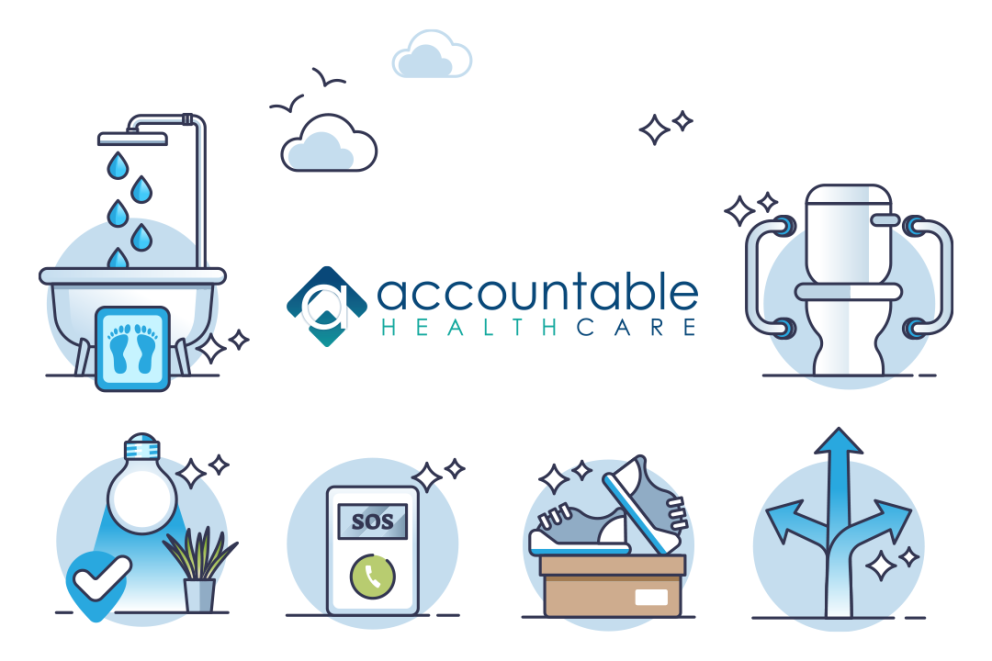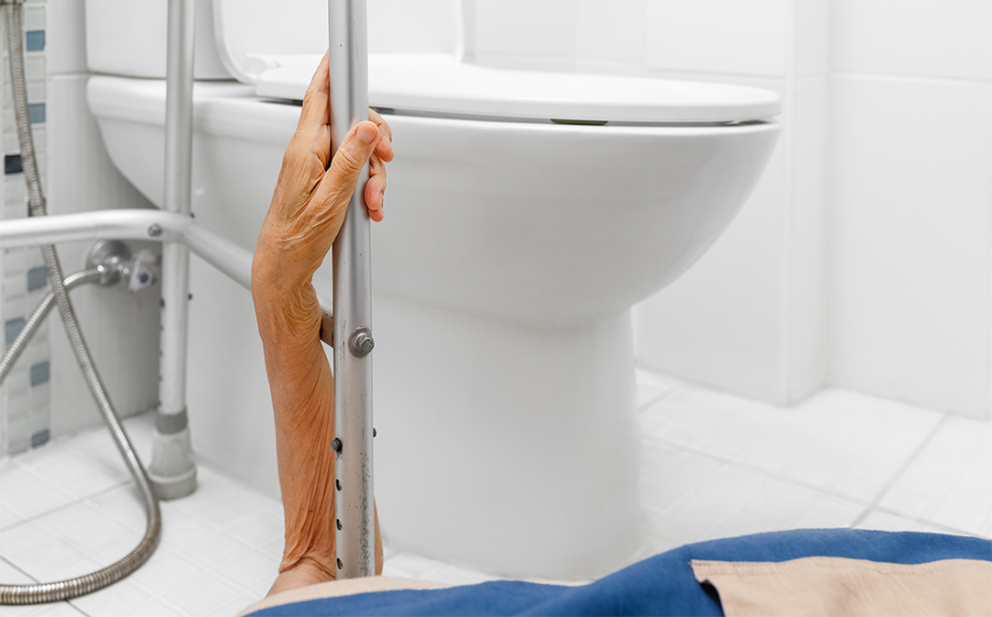Fall Prevention in Healthcare
Falls continue to be one of the most serious safety challenges in healthcare, with significant consequences for patients and staff alike. The Joint Commission’s Sentinel Event Data for 2024 shows that patient falls were the most frequently reported sentinel event, accounting for 776 events (49%), a 15% increase from 2023.
The leading causes included:
- Walking (31%)
- Falling from bed (30%)
- Falling from the toilet (18%)
The data also reveals that 51 of the reported falls resulted in patient death, 503 caused severe harm, and 199 led to moderate harm. These numbers emphasize the urgent need for proactive fall prevention in all care settings.

Anyone can fall if the conditions create a risk. That is why universal interventions, which are safety measures applied to all patients regardless of assessed fall risk, are essential in every healthcare environment.
These interventions not only protect patients but also help keep visitors and staff safe by addressing both the physical surroundings and the way people interact within them.
Examples of effective universal interventions include:
- Bed in a low position: Minimizes injury if a patient leaves bed unassisted.
- Call light and personal items within reach: Reduces the need to get up alone.
- Declutter the environment: Prevents tripping hazards.
- Keep floors clean and dry: Reduces slip risks.
- Install handrails: Supports balance during transfers and walking.
- Lock bed and wheelchair wheels: Provides stability for movement.
- Use night lights or additional lighting: Improves visibility for safe mobility.
- Provide nonslip, well-fitting footwear: Improves balance and traction.
- Educate patients and families: Encourages teamwork in maintaining safety.
- Purposeful hourly rounding: Anticipates patient needs before they act unassisted.
- Top bedrails up: Offers mobility support and creates a visible edge of the bed.

Fall prevention is a critical aspect of healthcare practice and patient safety. It is important for healthcare professionals to be knowledgeable about the causes, risk factors, and strategies for fall prevention. Our HCPs play a vital role in implementing fall prevention programs and conducting assessments and interventions that can lead to significant reductions in the number of falls and improved patient outcomes. By staying informed about the latest recommendations and updates from regulatory bodies and professional organizations, healthcare professionals can continue to enhance their practice and improve patient safety.
Jessica Chavez, MBA, MSN, RN
Director of Quality Management
Accountable Healthcare Staffing